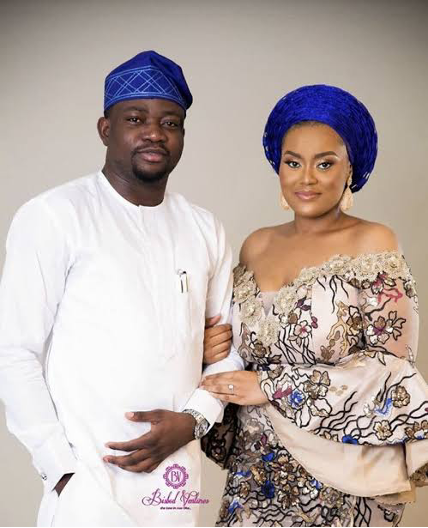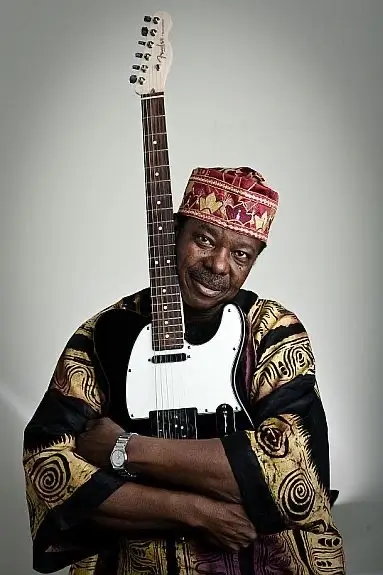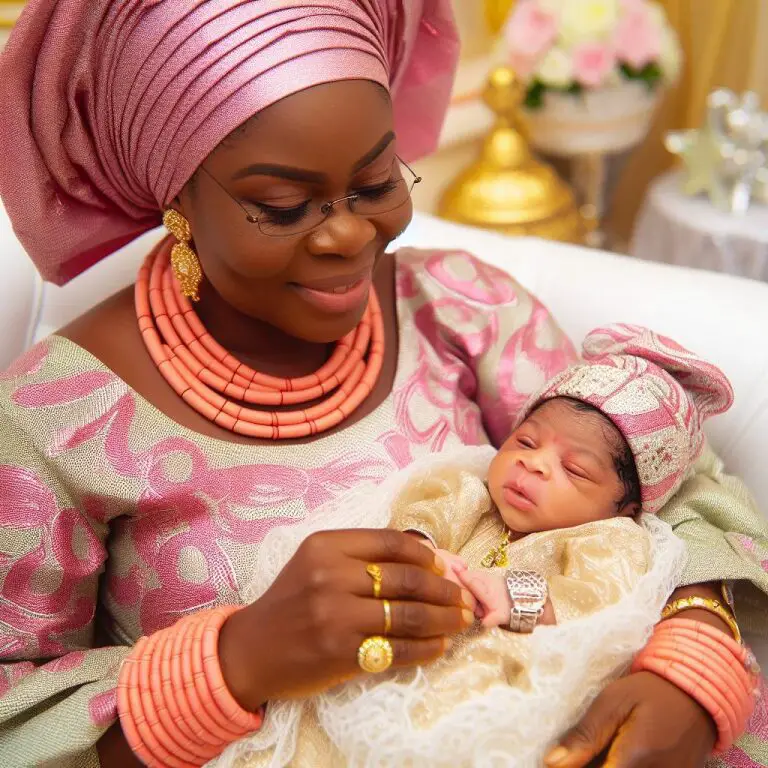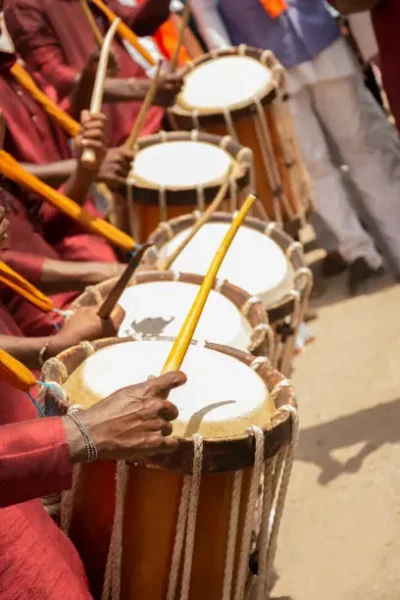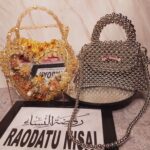DiscoverYoruba.com is your one-stop for embracing Yoruba culture, entertainment, and history unfolding.
Oríkì is a poetic phrase to describe or praise a deity or an individual. It is also called eulogy, salutatory slang, praise poetry, praise names, attributive names, etc. Oríkì serves as a form of identifier for living things and a means of identity preservation. All entities in existence have their oriki.
Identity simply means who someone is. The knowledge of one’s ancestral history and Oriki helps to reinforce one’s identity. What other way to preserve one’s identity if not through naming? The cultural expression of the Oríkì serves as a mirror to recognize and sustain our social identity.
In Yorubaland, deity worshippers and older generations are the custodians of Oríkì. They are well-versed in the knowledge of Oríkì of different living things ranging from plants to extraterrestrial beings like wind. Oríkì is a core aspect of the Yoruba culture as it is the most basic form of Yoruba poetry. It traces Life back to Oduduwa (the deity of all creation).
It captures the essence of humanity in both terrestrial and celestial domains. History has it that Oríkì was birthed from the primitive Yoruba societies where they preserved their beliefs in a modified oral system from one generation to another in the form of folktales, myths, story-telling, and dance.
Oríkì is often expressed in third person and can be viewed from the similitude of a set of beads that generates a beautiful masterpiece when strung. Oríkì is coined from Orí (Head) + Kíkì (Eulogy) = Oríkì (Eulogy of the Head). Orí in the Yoruba culture is the real essence of the human destiny referred to as ‘Orí-inú’ and not the visible head of our bodies.
However, the head is a physical representation of one’s destiny so it can also be used. Eulogy is a mode of praise of a living thing. It can be expressed through chants, songs, or the beating of musical instruments. Most times, the person being praised utters that “his head is swelling” as a result of the glee he gets from the oríkì.
There are 4 different types of Oríkì:
- Oríkì Ìlú– for towns/cities. This is customized for specific geographical zones
- Oríkì Orílé– for lineages. This describes the peculiar characteristics of a place and its people. It usually serves as the invisible bond of oneness that cannot be easily traced yet cannot be denied. Even when the people involved leave the homestead to migrate across the world, they still have a relationship that keeps them connected.
- Oríkì Ìnagijiẹ– for individuals especially prominent persons e.g rulers, political figures. These persons are honored by reciting their oriki often in public gatherings. These recitations can vary from the person’s name to a few sentences with metaphors and other poetic compositions. This individual’s Oríkì can be engaged to seek favors. It is often personalized as it may include individual’s complexion, skin colour, dentition, poise, gait etc. This can be used in isolation (e.g Agùntásọọ́lò- One who is tall enough to show the beauty of a clothing. This is usually used for tall people with an elegant poise) or used as part of a poetic chant.
- Oríkì Òrìsà– for deities. This is very informative as it provides extensive details of the Òrìsà involved. This includes name, strengths, weaknesses, preferences, dislikes, character, statutory power, personality type etc. This is often used for invocation and petition as they serve as a repository of information about the Òrìsà in Yoruba spirituality. This is usually performed by the initiates or worshippers of the Òrìsà. Oríkì Òrìsà often bear some element of humour. In certain situations, Oríkì can be chanted to pacify rìsà when they have become agitated in the person of their mediums.
Benefits of Oriki
- It helps to understand the interpretation of past events and historical sketches
- It provides information on the genealogy of humans and documents heroic acts (and weaknesses) performed by the ancestors
- It mirrors the world of living things and gives recognition to nature
- It serves as a data bank for the Yoruba people as they provide both didactic, corrective and expository functions.
In recent times, the practice of Oríkì has been recognized and adapted by the Western religions (the likes of Christianity, Islam, Buddhism) but also appears threatened by the universal rave of Artificial Intelligence. This cultural element cannot be inputted or simulated in the scope of machine learning because they have been passed down through centuries by the oral traditions. It’s high time we started emphasizing our Oríkì such that our cultural identity does not fade into obscurity.
It is therefore important for us to preserve our cultural heritage by maintaining the social structure our ancestors have passed down to us through the Oríkì.
References:
Adeleke, D. A. (2005) Oral Tradition as Source of History. Ibadan
Barber, Karin. (1990) “Oríkì: Women and the Proliferation and Merging of Òrìsà”. Journal of the International African Institute, vol. 60, no 3, pp. 313-337.
Beier, H.U., (1954) “Festival of the Images”, Nigeria Magazine, n. 45, p. 19.
Museum International Quarterly Review. (2004). No. 221 UNESCO New York
Olatunji, Olatunde (1984). Features of Yorùbá Oral Poetry. University Press Limited.
A typical example of an Oríkì

